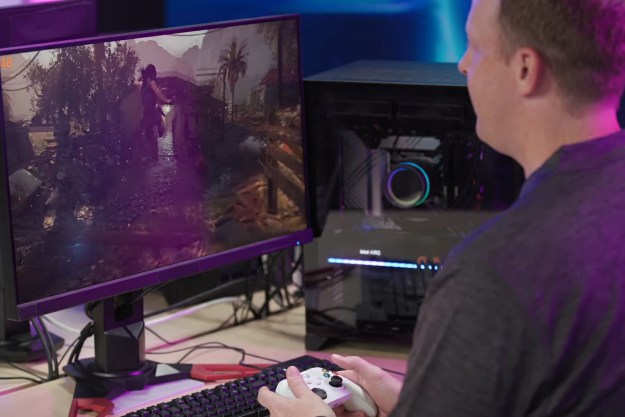It’s no secret that chipmaker AMD has been battered in the desktop and notebook (and, now, netbook) markets by it bigger arch-rival Intel—but the company does not seem to be taking things lying down. AMD has just announced its Opteron 600 Series, formerly codenamed “Magny-Courss,” marking the industry’s first 8-core and 12-core processors, which the company claims perform at levels up to two times faster than AMD’s previous 6-core Opterons.

“As AMD has done before, we are again redefining the server market based on current customer requirements,” said AMD’s VP and general manager for servers and embedded systems Patrick Patla, in a statement. “The AMD Opteron 6000 Series platform signals a new era of server value, significantly disrupts today’s server economics and provides the performance-per-watt, value and consistency customers demand for their real-world data center workloads.”
The new Opterons feature an 88 percent improvement in integer performance and a 119 percent improvement in floating point performance compared to AMD’s 6-core p server processors, and also offer a third as many memory channels, support for up to 12 memory DIMMs per processor, and have I/O virtualization capability, HyperTransport 3.0 technology, and PCI Express 2.0 support built into their chipset. AMD is also proudly touting that the Operton 6000 series is chipset and socket-compatible between 2P and 4P, and will be compatible with AMD’s next generation of server processors, dubbed “Bulldozer.”
AMD might just have some converts for its Opteron 6000 chips: in additional to partners like HP, Dell, Cray, and SGI, AMD can now count Acer amongst its server partners for the first time…and let’s not forget Acer is on the verge of overtaking Dell in worldwide sales.
Although the direct benefit to consumers is limited—these aren’t chips that are likely to make it into anything but the most dramatic of high-end workstations—they do point to where technology is leading. They also make a difference for server managers and those all-important cloud-based computing solutions: more cores and improved power efficiency means better use of expensive data center space and lower software licensing costs.
Editors' Recommendations
- 4 CPUs you should buy instead of the Intel Core i9-13900K
- AMD’s graphics card sales just took a nosedive
- AMD’s canceled GPU could have crushed Nvidia
- AMD’s upcoming APUs might destroy your GPU
- Gigabyte just confirmed AMD’s Ryzen 9000 CPUs



